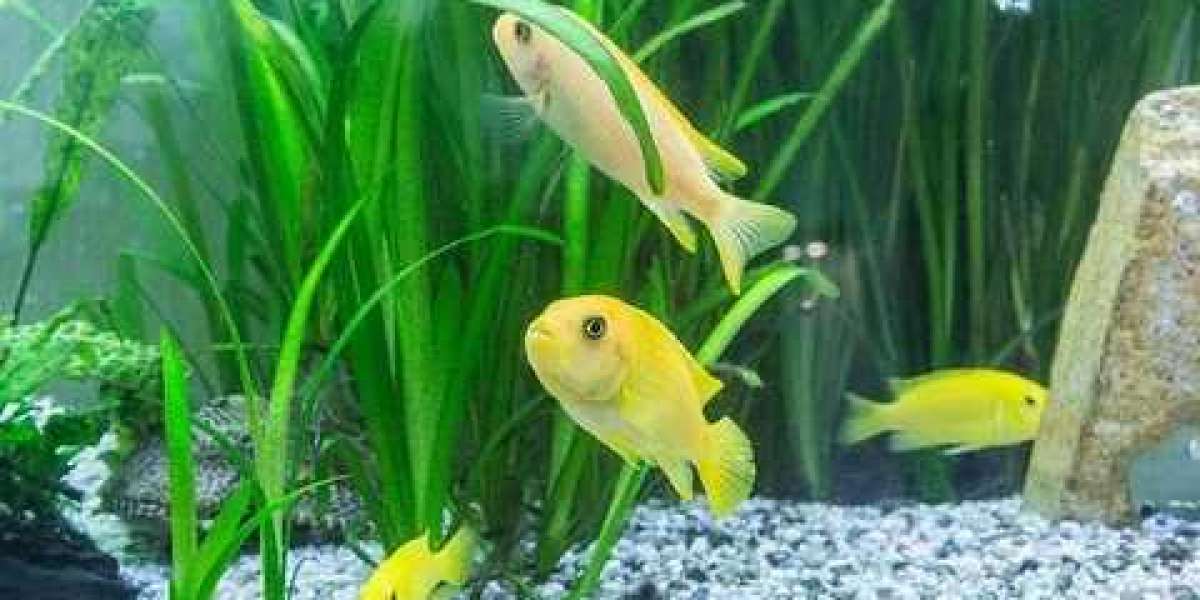Turning inserts employ highly engineered composite structures, coatings, and geometry features to achieve great accuracy and high material removal rates.
General turning inserts come in variety of shapes and sizes. One thing is important to remember and understand is that every turning insert has a nomenclature associated with it. These general turning inserts nomenclature tells us lot about these general turning inserts.
Secure, cost-efficient production of quality components is often the focus when selecting Parting and Grooving Inserts.
Threading Inserts are typically used when the object in which a threaded fastener is being installed is made of a soft material.
Milling inserts are replaceable bits used in milling cutting tools to shape or cut steel, stainless steel, cast iron, non-ferrous materials, Titanium, hardened steel, and plastic.
Face Milling Insert is the most common milling operation and can be performed using a wide range of different tools.
Shoulder Milling Insert generates two faces simultaneously, which requires peripheral milling in combination with face milling. Achieving a true, ninety degree shoulder is one of the most important requirements.
Profile Milling Insert is a common milling operation. Round inserts and concepts with radius are milling cutters used for roughing and semi-roughing while ball nose end mills are milling cutters used for finishing and super-finishing.
High Feed Milling Insert is a milling method that permits up to three times faster machining than conventional methods. It pairs shallow depth of cut with high feed per tooth which gives higher metal removal rates and results in more parts being machined.
Drilling Inserts accept inserts that clamp into a tool body designed to accept them. A cutting edge of an insert is used until it becomes dull, then it is indexed, or turned, to expose a fresh cutting edge. When all cutting edges of an insert are dull, it is usually discarded and replaced with a new one.














